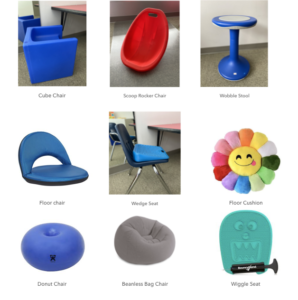Do Babies Really Need to Crawl?
That glorious moment when your baby is mobile, crawling around your house at hyper-speed is both joyous and terrifying. Time to baby-proof your house! Do babies really need to crawl? Crawling is essential for your baby’s development. The coordination and strength that are attained while your baby is exploring the world through crawling is irreplaceable, and sets them on the path to success!
This side/that side: Crawling requires the perfect unison of arms moving in alternation. This skill is important for future coordination of hand movements for play with toys, walking/running, climbing and pulling, home skills like taking off the toothpaste cap or opening containers, and academic skills like cutting!
Getting ahold of it: Putting weight through our hands forms the arches in the palms of our hands. These arches allow for our hands to grasp items of various sizes and shapes, and allow for our fingers to move in coordination with the objects we hold. We need these arches to play with baby blocks and balls, grab a paper cup without smashing it, and use our thumb to pinch thin objects within our fingers.
Show me your muscles: Bodyweight through our arms develops the muscles in our shoulders and arms. The shifting of a crawling movement helps strengthen these muscles and allow for stability at our shoulder, which we need for later fine motor manipulation tasks like completing buttons, writing/coloring and lifting heavy items.
Tummy time upgrade: The crawl position tilts our body horizontal with the ground, requiring that our head work against gravity to look around. This strength and control in our neck is used for balance and stability for the rest of our life!
Look at it this way: As baby crawls around, they can look at the floor, up at you, and back at the floor. This is an extremely important motor pattern for the development of eye movements. Looking at something near the eyes, then turning focus to something farther away requires our eyes to work together to focus and adjust eye position quickly. Your baby will use this important skill later for play activities like catching and throwing, learning tasks in the classroom, and even driving!
So, do babies need to crawl? If your baby has skipped the crawling phase, they may be missing out on the development of some of these fundamental skills. BDI Playhouse Children’s Therapy offers free screenings to give you the tools to help your baby “crawl” their way to a strong and play-filled life!
Written by: Maggie Lord, MS, OTR/L
No Fields Found.


